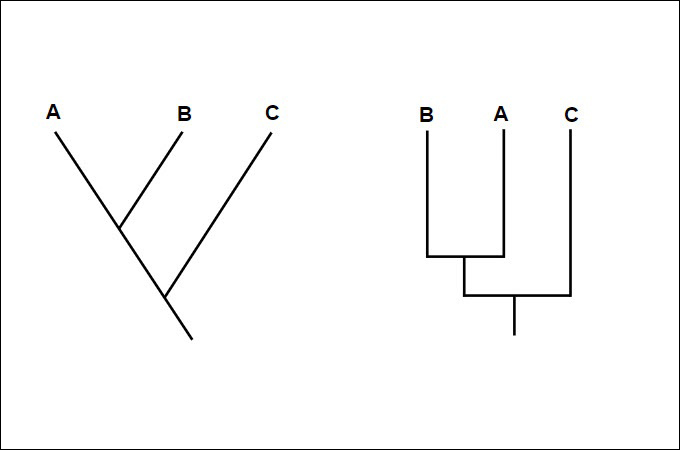
If you’re a student or just want to examine organisms to identify their evolutionary link, using a cladogram is a great method to do it. It also allows you to create a clear graphical representation of the possible relationship between various groups of organisms. Moreover, cladograms may be created using either morphological traits or scientific data. As a result, elements are used in the cladograms charts and could be constructed in a variety of ways. Having said that, you can continue reading below to learn more about the definition of it, as well as try the templates provided in this article.
Cladogram Introduction
Cladogram Definition
A cladogram example is used to show a lineage or supposed relationship within sets of organisms. This type of graphic representation of the groups of species is being analyzed, like how they are connected from their most shared ancestors. Students and professionals used it for a biologist investigating genealogical systems. A cladogram might be as basic as comparing two or three categories of species, or as complicated as containing all known forms of life.

According to the cladogram definition, it originally comes from the clades, or groups of organisms, that are represented. A clade is a collection of living species and the generic name from which they are descended. Synapomorphies, or common derived features, are used by scientists to define these categories.
Parts of a Cladogram

Root – A root represents the first common ancestor of all species in a cladogram. It is also the starting point for every particular cladogram. However, the root could also imply that it is related to other bigger clades.
Nodes – In all cladograms, nodes represent the separating stem point of origin. Each node represents a possible ancestor who gave birth to two or more offspring species. As a result, a node occurs at every place in which an organism splits or separates into further clusters.
Clades – Based on the cladogram example, it shows there that clades are collections of species or traits that contain all of their constituents’ most likely originated as well as all of their offspring from that most likely originated. A clade consists of an origin and all of its descendants. It also contains a certain node and all of its related branches.
Taxon – A taxon, often known as an outgroup, is the most distant family group of organisms that’s not always a clade. This provides a reference or contrast element for the said remainder of the graph.
Branches – According to the cladogram definition, a cladogram branch is a connection to every one of the elements of the cladogram. In certain circumstances, branch length includes the level of separation or perhaps the degree of the link between various taxa.
Cladogram Example by GitMind
Create a professional cladogram using GitMind. It is a great tool that can help you make a variety of different charts easily. This free brainstorming tool offers a full service for free for creating limitless cladogram diagrams and allows users to store their outputs in the cloud. Ideas may be used in organizations to increase analytical thinking, solve problems, and knowledge construction. As a result, visual design may be highly improved. Having said that, we’ve included an example of that chart below for you to experiment with or use for other purposes.
On the Origin of Species by Means of Natural Selection

Benefits of Using a Cladogram
Cladograms are used by biologists, students, and other professions to highlight links between species and evolutionary relationships for organisms that have a common ancestor. In fact, a cladogram example can examine branches that may have descended from a common ancestor in order to arrange creatures on distinct branches. It can also monitor how organisms have evolved through time.
Conclusion
Undoubtedly, all of the material shown above may definitely benefit you in understanding and learning about cladogram charts. To participate in meaningful thinking, we encourage others to first do a study on further barriers to it and factors are present towards the objective of developing a high-quality chart and successful interpretation of cladograms.
Leave a Comment